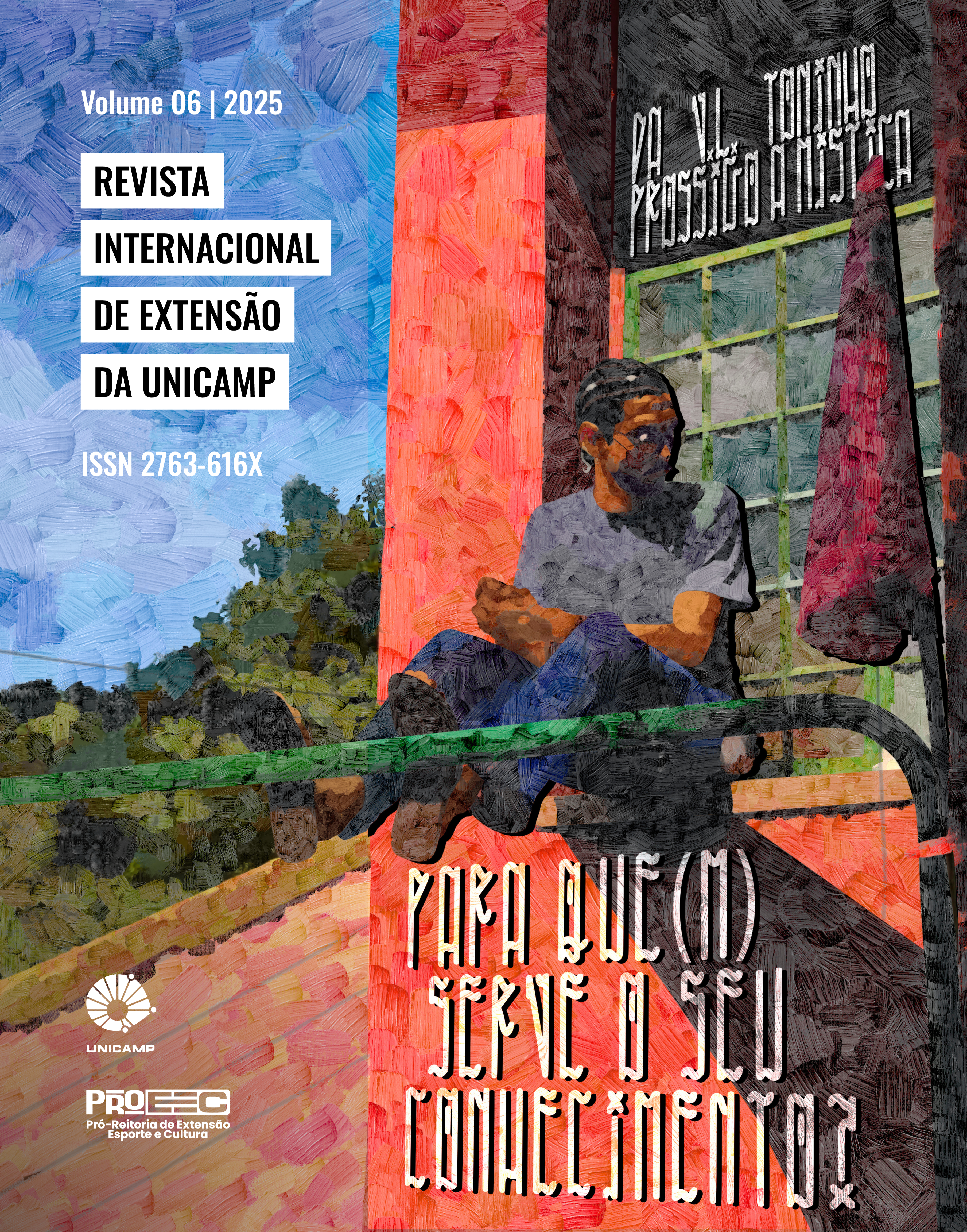Abstract
This article explores the integration of the STEAM methodology – which combines Science, Technology, Engineering, Arts, and Mathematics – with a practical and interactive educational approach for teaching Logic, aiming to provide an accessible and gamified understanding of the abstract concepts involved in the subject. We present the development and application of a kit of logic gates constructed with low-cost electronic devices, which uses LED lights to represent truth values (lit for "True" and unlit for "False"), facilitating the visualization and comprehension of logical expressions. By constructing these devices, students engage in hands-on learning, which not only solidifies their understanding of logical principles but also provides a cross-disciplinary and practical application in various academic fields, including Philosophy, Computing, and Robotics.
References
Brasil. (2018). Ministério da Educação. Base Nacional Comum Curricular. Brasília.
Campos, F. R. Robótica educacional no Brasil: questões em aberto, desafios e perspectivas futuras. Revista Ibero-Americana de Estudos em Educação, Araraquara, v. 12, n. 4, p. 2108-2121, 2017.
Dixon, C. (2017, March 20). How Aristotle created the computer. The Atlantic. Disponível em: https://www.theatlantic.com/technology/archive/2017/03/aristotle-computer/518697/ Acessado em 27 de Março, 2024.
Gale, C. (Diretora). (2013). The Joy of Logic [Documentário]. Apresentado por Dave Cliff. BBC Four.
Khine, M. & Areepattamannil, S. (Editores). (2019). STEAM education: Theory and practice. Springer.
LogicBits. (s.d.). Instructables. Disponível em: https://www.instructables.com/Logic-Gates-Demonstration-Kit/ Acessado 27 de Março, 2024.
LogicBlock. (s.d.). Sparkfun. Disponível em: https://www.sparkfun.com/products/retired/11006 Acessado 27 de Março, 2024.
LogLibras. (2022). Elaboração de material didático de Lógica para surdos em uma perspectiva bilíngue e intercultural. Disponível em: https://rafaeltesta.com/loglibras/ Acessado em 27 de Março, 2024.
Richard, G. T. (2010). Employing Physical Computing in Education: How Teachers and Students Utilized Physical Computing to Develop Embodied and Tangible Learning Objects. The International Journal of Technology, Knowledge and Society, vol. 4, pp. 93-102.
Shannon, C. E. (1938). A Symbolic Analysis of Relay and Switching Circuits. Trans. AIEE. 57 (12): 713–723.
Tan, W. L. & Venema, S. (2019). Using Logic Gates to teach Digital Logic to novice computing students. Proceedings of the 6th International Conference on Educational Technologies.
Testa, R. (s.d.-a) Tinkercad. https://www.tinkercad.com/users/7bFPYmno8PZ?type=circuits Acessado em 27 de Março, 2024.
Testa, R. (s.d.-b). Kit Educacional de Portas Lógicas. Disponível em: https://rafaeltesta.com/portaslogicas/ Acessado em 27 de Março, 2024.
Testa, R. R., Bizio, L., Moraes, J. A. Metodologias para o Ensino de Lógica em Libras: Notas sobre o desenvolvimento de uma aula de Lógica para o projeto IFSP FILOLIBRAS. CLE e-Prints, Vol. 20 No. 3, 2022.

This work is licensed under a Creative Commons Attribution-NonCommercial 4.0 International License.
Copyright (c) 2025 International Journal of Outreach and Community Engagement


